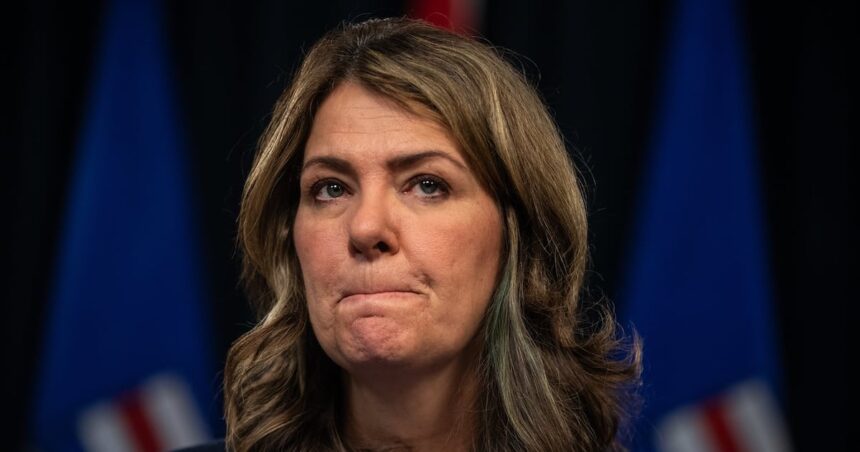The growing controversy surrounding targeted harassment of a Globe and Mail reporter has reached Alberta’s highest political office, with Premier Danielle Smith publicly condemning an anonymous social media account allegedly created to intimidate the journalist.
The account, which appeared on X (formerly Twitter) several weeks ago, has published dozens of posts containing personal information and veiled threats directed at the reporter, who covers Alberta politics and government affairs. According to multiple sources familiar with the situation, the harassment intensified following the journalist’s investigation into provincial energy policy decisions.
“Freedom of the press is fundamental to our democracy,” Premier Smith stated during yesterday’s press conference at the Alberta Legislature. “While my government may not always agree with media coverage, we categorically reject intimidation tactics against journalists doing their jobs.”
The Canadian Association of Journalists has documented a troubling rise in targeted harassment campaigns against reporters. Their 2023 survey found that 67% of journalists covering provincial politics have experienced online intimidation, with women and minorities facing disproportionately severe threats.
“What we’re seeing goes beyond typical criticism of the media,” explained Emily Duong, digital rights specialist at the Canadian Civil Liberties Association. “When personal information is weaponized to silence reporting, it crosses into potentially criminal territory.”
The RCMP confirmed they’ve opened a preliminary investigation into the matter. Under Section 264 of the Criminal Code, criminal harassment carries penalties of up to ten years imprisonment in serious cases.
I reviewed the account’s posting history before it was suspended late Tuesday. The content included the reporter’s home address, travel patterns, and explicit references to their family members – information that appeared meticulously gathered over several months.
The harassment campaign emerged shortly after the publication of a series of investigative articles examining connections between energy industry lobbyists and provincial policy decisions. Those reports cited internal government documents obtained through freedom of information requests.
“This isn’t random trolling,” said Marcus Kolga, director at DisinfoWatch, an organization tracking disinformation and digital threats. “The systematic nature of the harassment suggests coordination and resources beyond a typical anonymous account.”
Premier Smith’s condemnation came after mounting pressure from journalism advocacy groups and opposition parties. NDP Opposition Leader Rachel Notley called the situation “deeply disturbing” and urged authorities to “use every tool available to identify those responsible.”
The Globe and Mail has implemented additional security measures for their Alberta-based staff. The newspaper’s editor-in-chief released a statement affirming their commitment to rigorous reporting on matters of public interest despite intimidation efforts.
Digital evidence experts note that even anonymous accounts often leave traceable footprints. “People mistakenly believe online anonymity provides perfect cover,” explained Dr. Natalie Davidson, cybersecurity professor at the University of Calgary. “In reality, sophisticated forensic techniques can often identify the individuals behind such accounts.”
The case highlights the increasingly dangerous landscape for journalists covering politically sensitive topics. A recent Citizen Lab report documented 276 incidents of serious digital threats against Canadian journalists in 2022-2023, representing a 43% increase from the previous reporting period.
Press freedom advocates worry about the chilling effect such harassment creates. “When journalists face personal threats for their reporting, it doesn’t just harm them individually – it undermines the public’s right to information,” said Pierre Trudel, media law expert at the University of Montreal.
The Alberta Press Gallery Association has called for an all-party commitment to protecting journalistic integrity. “Politicians across the spectrum must recognize that undermining the legitimacy of the press creates an environment where intimidation flourishes,” their statement read.
For now, the RCMP’s technological crime unit continues investigating the digital trail. Meanwhile, journalism organizations have established support resources for reporters facing similar harassment, including security assessments and legal assistance.
The controversy underscores the evolving challenges of maintaining press freedom in an era where digital tools can be weaponized to silence reporting. As Premier Smith noted in her statement, “Regardless of political differences, we must safeguard the essential role journalists play in holding governments accountable.”






